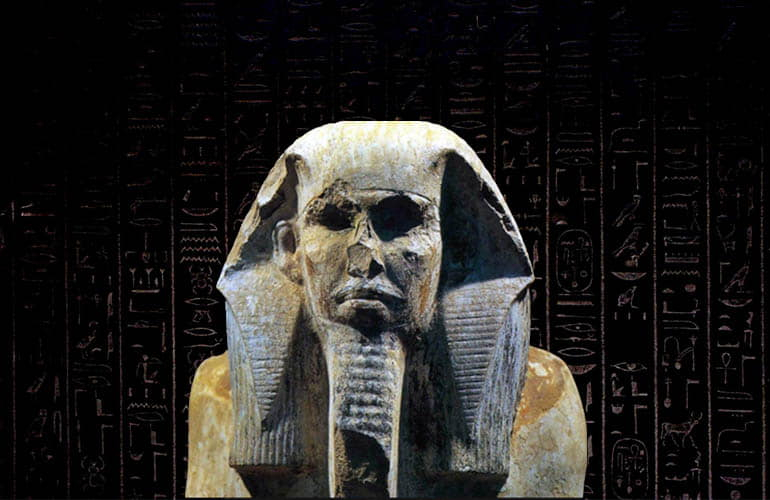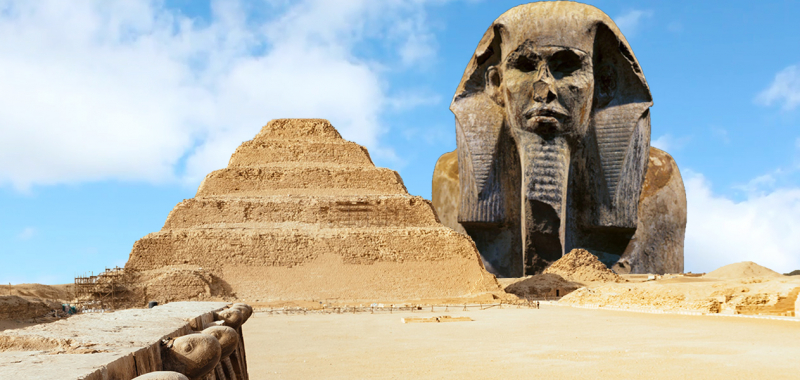Djoser
Pyramids are undoubtedly one of the first images that people have when thinking of the Egyptians. However, the building of these antiquated wonders took a long time because the Egyptians did not immediately build pyramids. Since the pharaoh's afterlife was not a major aspect of their civilization, they lacked the skills and motivation to construct these intricate monuments. not yet, at least...
The earliest pharaohs were laid to rest in simple tombs, which were just a few rooms cut into the earth and lined with mud bricks. A mastaba, which is a tomb with a flat, rectangular roof, was present in some of them. Gallery graves increased in frequency during the second dynasty, however some of their tombs are still unknown today.
Then the Third Dynasty's first pharaoh, Djoser, arrived. He appears to have had a protracted reign, during which he oversaw several fruitful military ventures and obtained valuable resources for his realm. His tomb at the Saqqara necropolis, which is not only Egypt's earliest pyramid but also the country's oldest surviving stone structure, is the only thing for which he is remembered.
Imhotep, the royal architect of Djoser, is typically credited with this accomplishment. He began with a standard mastaba, but added another, smaller one on top of it because he intended to build something bigger than anything ever seen before. After that, another was placed on top of that, followed by yet another. The Step Pyramid eventually reached six tiers and about 200 feet in height after continuing in this manner. Fortunately for us, he constructed it using cut limestone rather than mud bricks, which is why it is still standing nearly 5,000 years later.
Reign: 19 or 28 years ca.
- ca. 2686–2648 BC,
- 2687–2668 BC,
- 2668–2649 BC,
- 2667–2648 BC,
- or2630–2611 BC (3rd Dynasty)
Predecessor: Khasekhemwy (most likely) or Nebka
Successor: Sekhemkhet (most likely) or Sanakhte












